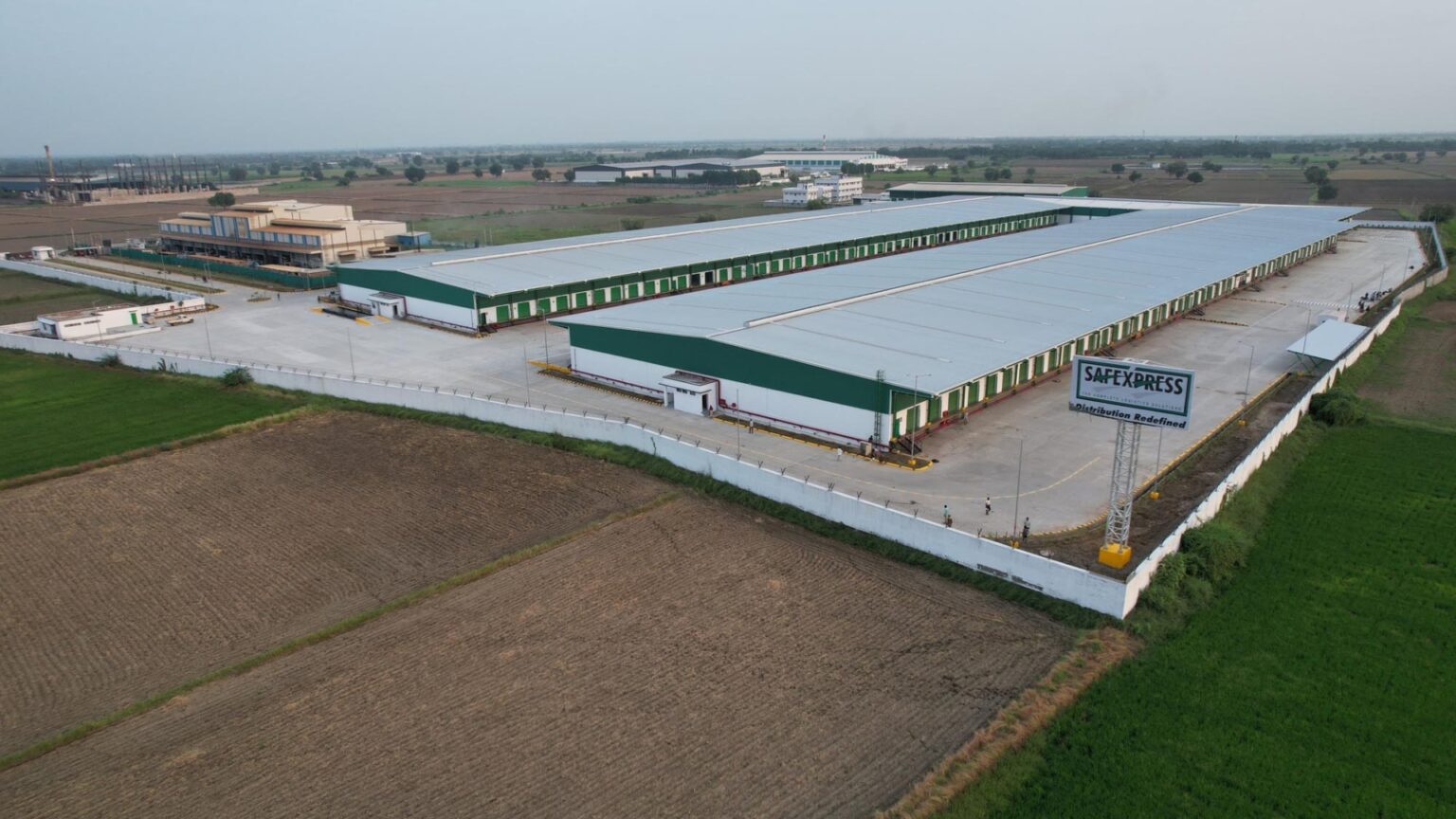Logistics in India has undergone a dramatic transformation, especially after the implementation of the Goods and Services Tax (GST). The changes have reshaped the way companies handle transportation, warehousing, and supply chain management. Safexpress, one of India’s leading logistics companies, has successfully navigated these changes while maintaining its commitment to sustainability and technological innovation. In this article, we explore how Safexpress is pioneering logistics growth in the post-GST era.
Logistics Revolution in India: The Post-GST Shift
Before GST, India’s logistics sector relied heavily on regional warehousing and last-mile transportation. Goods would often be stored in regional warehouses, and then transported in full truckloads. With the introduction of GST, this system has shifted. Now, centralized warehousing has become the norm, allowing goods to be transported more efficiently across the country without the burden of inter-state taxes.
This change has allowed logistics providers like Safexpress to streamline operations and improve the efficiency of their transportation networks. By centralizing warehousing, Safexpress is able to move goods faster and reduce the overall costs of logistics.
The Role of Technology in Modern Logistics
With the increasing distances goods must travel in a more interconnected country, technology has played a vital role in supporting logistics operations. Safexpress has invested heavily in advanced tracking and inventory management systems to ensure transparency and control over its supply chain. Mr. Anil Syal, President of Safexpress, emphasized that visibility has become a key factor in managing logistics across vast distances.
Technology not only helps with tracking but also aids in better inventory management. As goods are in transit for longer periods, being able to monitor the movement of products in real-time is crucial. By embracing cutting-edge technology, Safexpress ensures its operations run smoothly and efficiently.
Sustainability in Logistics: Safexpress’s Green Commitment
Sustainability has become a significant focus in logistics. Safexpress is leading the way in reducing the environmental impact of transportation. The company has shifted to a more sustainable network model by moving from traditional hub-and-spoke systems to a mesh network. This change allows for more direct routes to distant destinations, minimizing the carbon footprint.
In addition to its network changes, Safexpress is gradually transitioning its fleet of over 12,000 vehicles to alternative fuels. While challenges remain, especially with middle-mile vehicles where electric options are limited, Safexpress continues to pursue its sustainability goals. This green initiative helps the company reduce its environmental impact while improving the efficiency of its logistics operations.
Building Resilience in Logistics
A strong logistics network must be resilient, especially in the face of natural disasters or unexpected disruptions. Safexpress has built an extensive infrastructure capable of handling such challenges. The company has developed disaster management systems that kick in during emergencies, ensuring that goods are still delivered on time, even during floods or other calamities.
For example, when recent floods affected Andhra Pradesh and Telangana, Safexpress was able to shift operations to alternative hubs, ensuring that customers in affected regions still received their deliveries. This adaptability and resilience are key to Safexpress’s continued success in India’s logistics sector.
Future of Logistics in India: A Bright Outlook
Looking forward, the logistics industry in India is poised for continued growth. With India’s GDP expected to grow at a rate of around 7%, the logistics sector is likely to grow at an even faster pace. The logistics industry typically grows at 1.5 times the rate of GDP, meaning that the sector could see growth rates of up to 10.5%.
Safexpress, with its robust network, technological advancements, and commitment to sustainability, is well-positioned to take advantage of this growth. The company’s vision for the future includes further expansion and continued innovation in supply chain management, ensuring that it remains a leader in India’s logistics sector.
Conclusion
The logistics industry in India is evolving, and companies like Safexpress are at the forefront of this transformation. By embracing centralized warehousing, investing in technology, committing to sustainability, and building resilient operations, Safexpress is paving the way for future growth. As the Indian economy continues to expand, the logistics sector, with companies like Safexpress leading the charge, is set to grow and adapt to meet the challenges of tomorrow.







